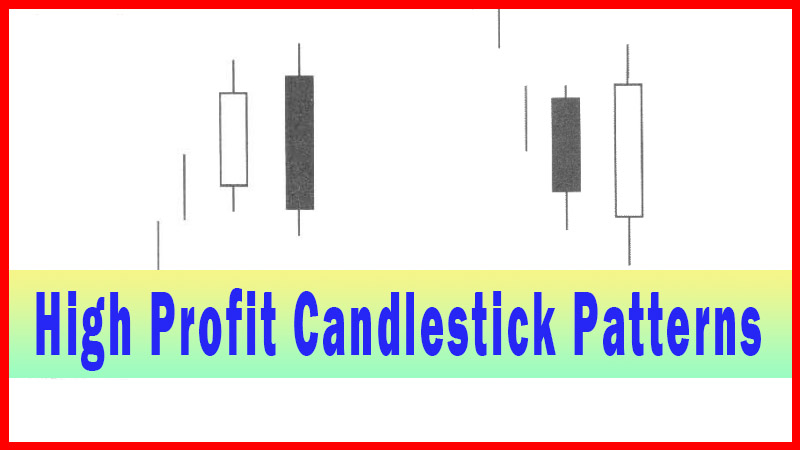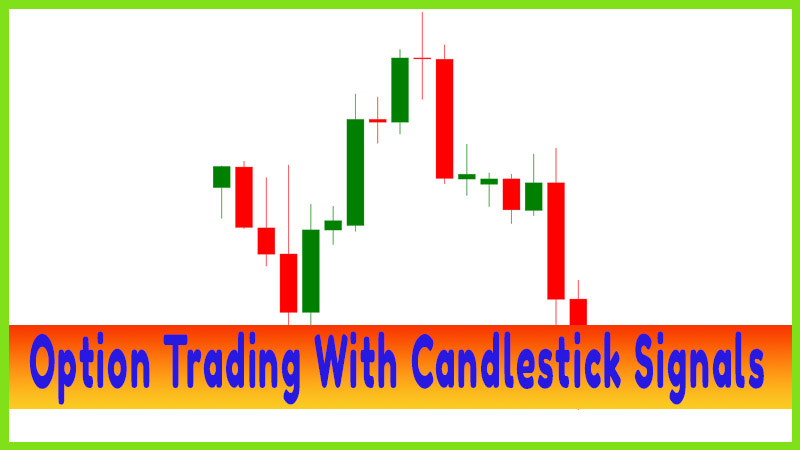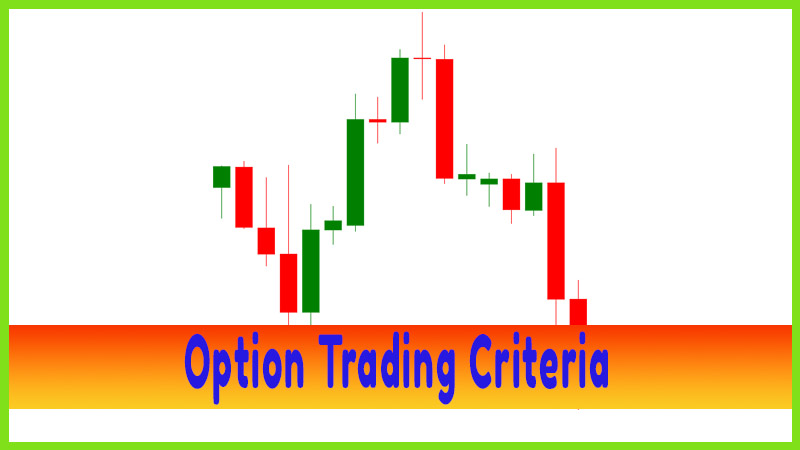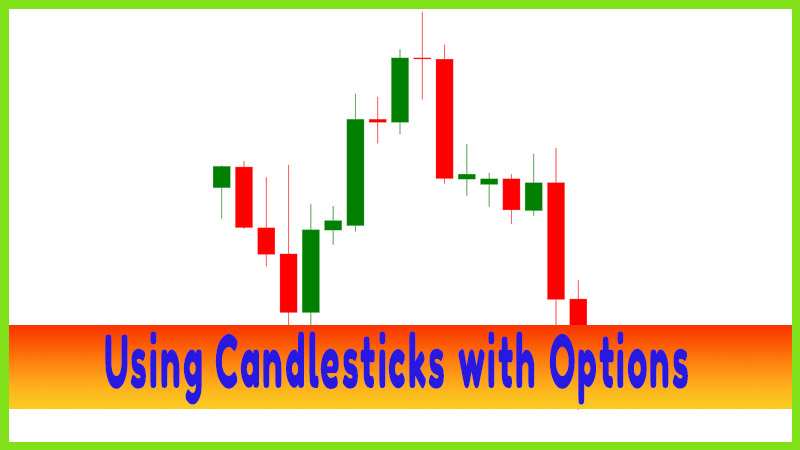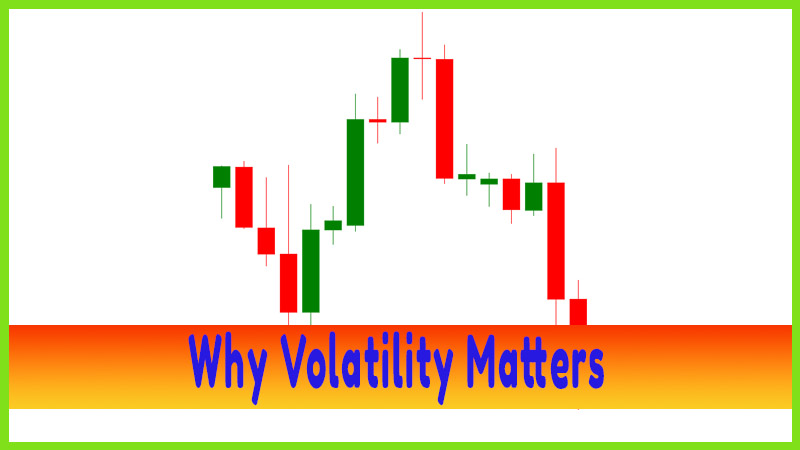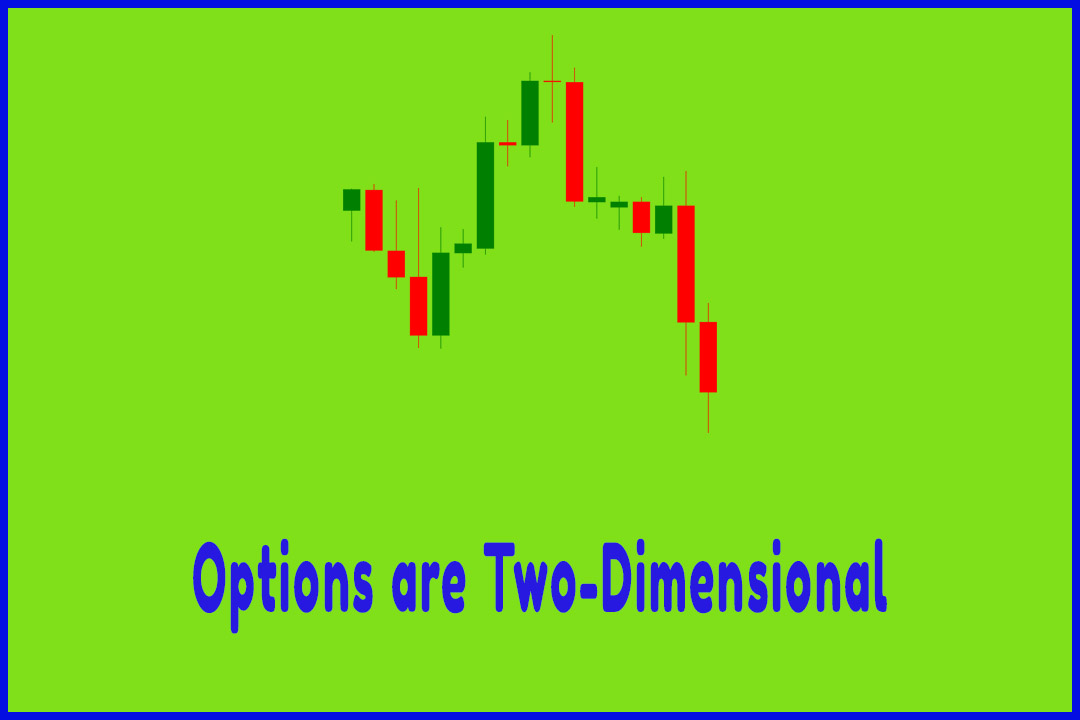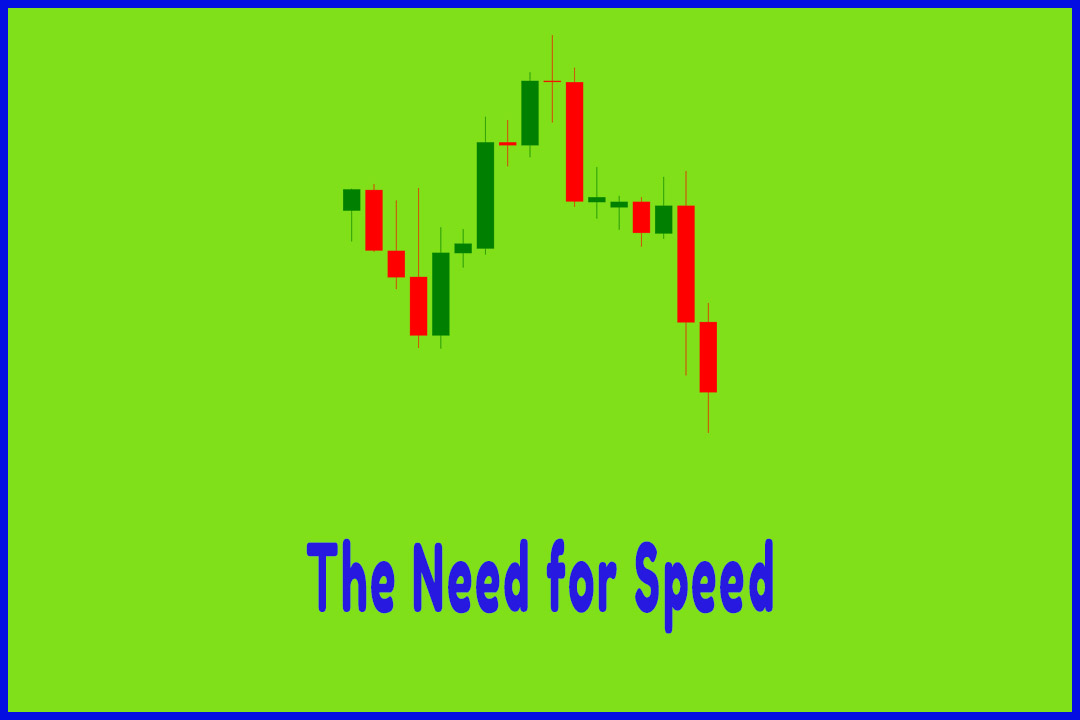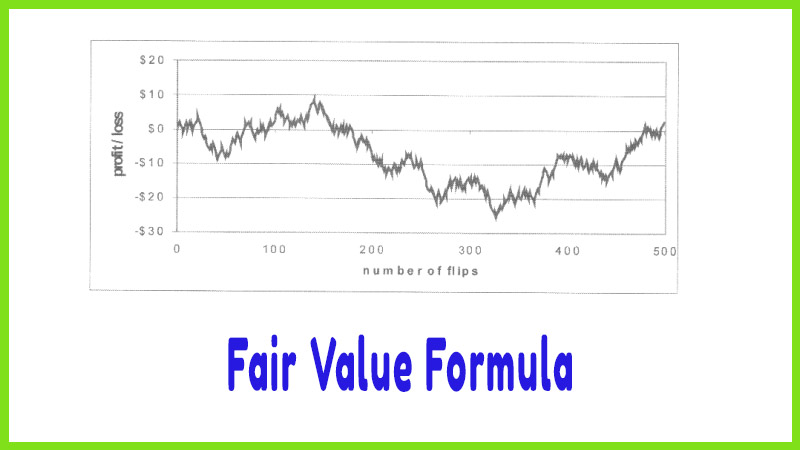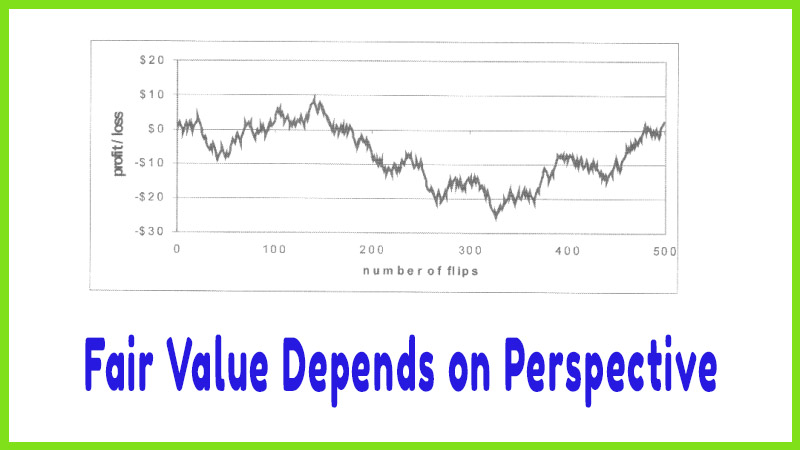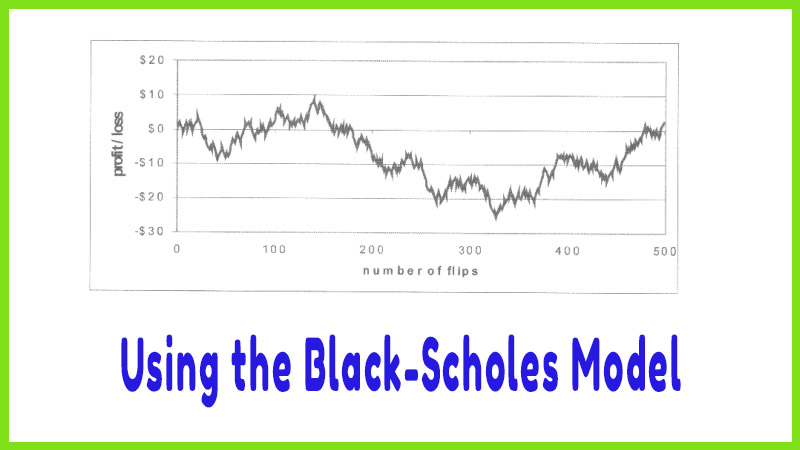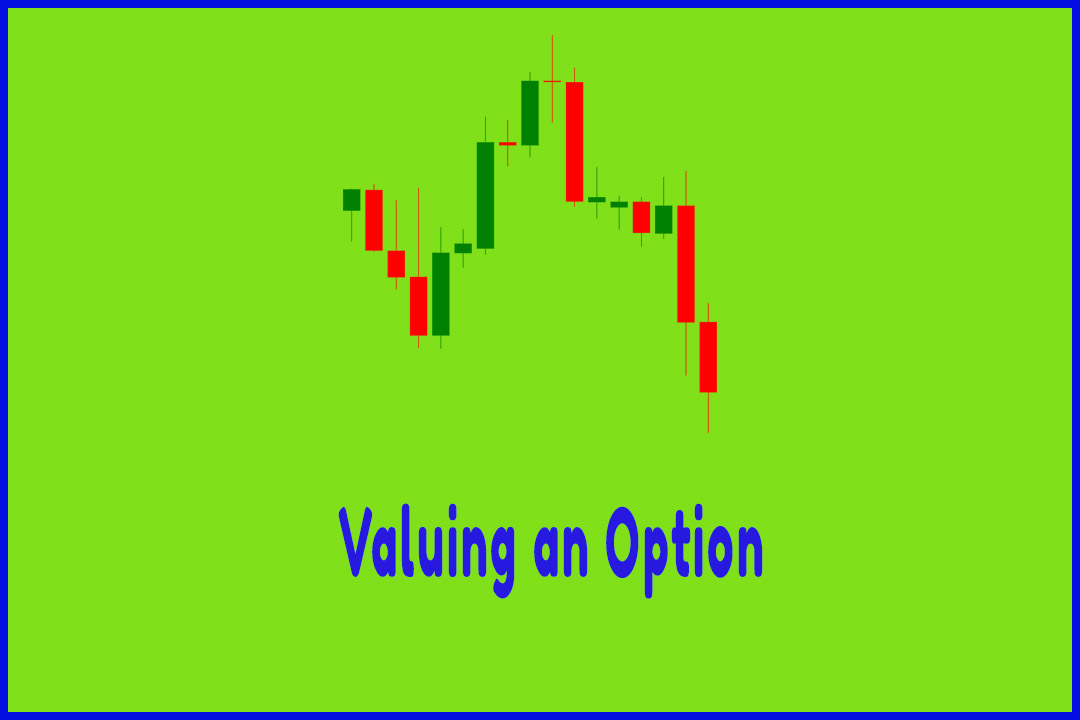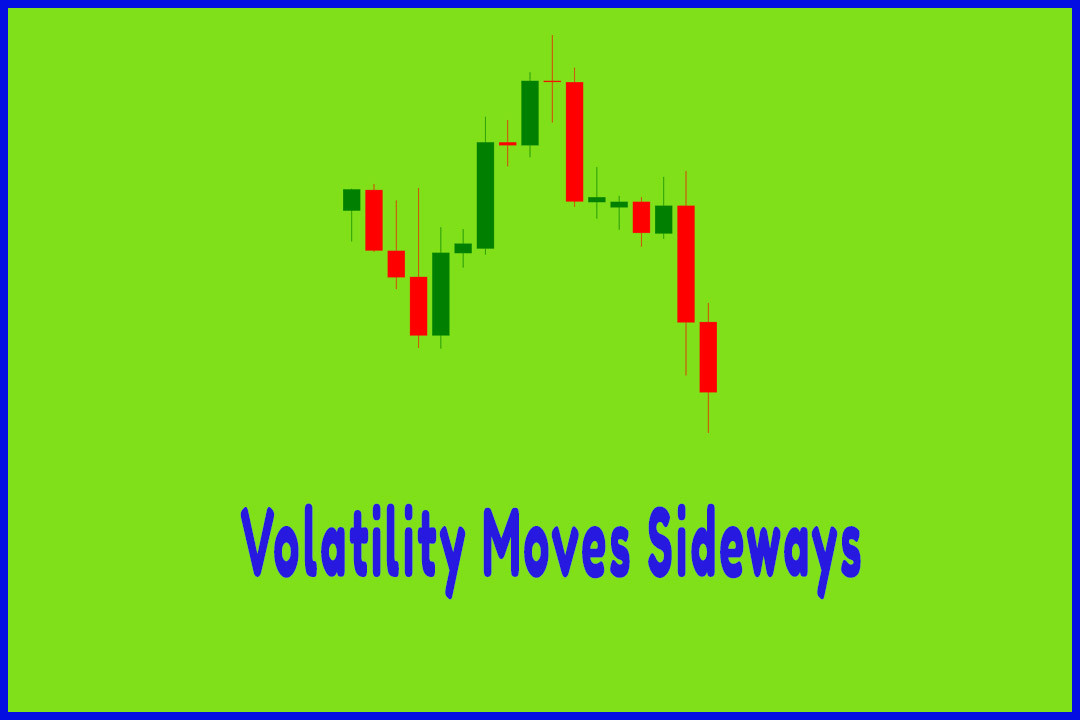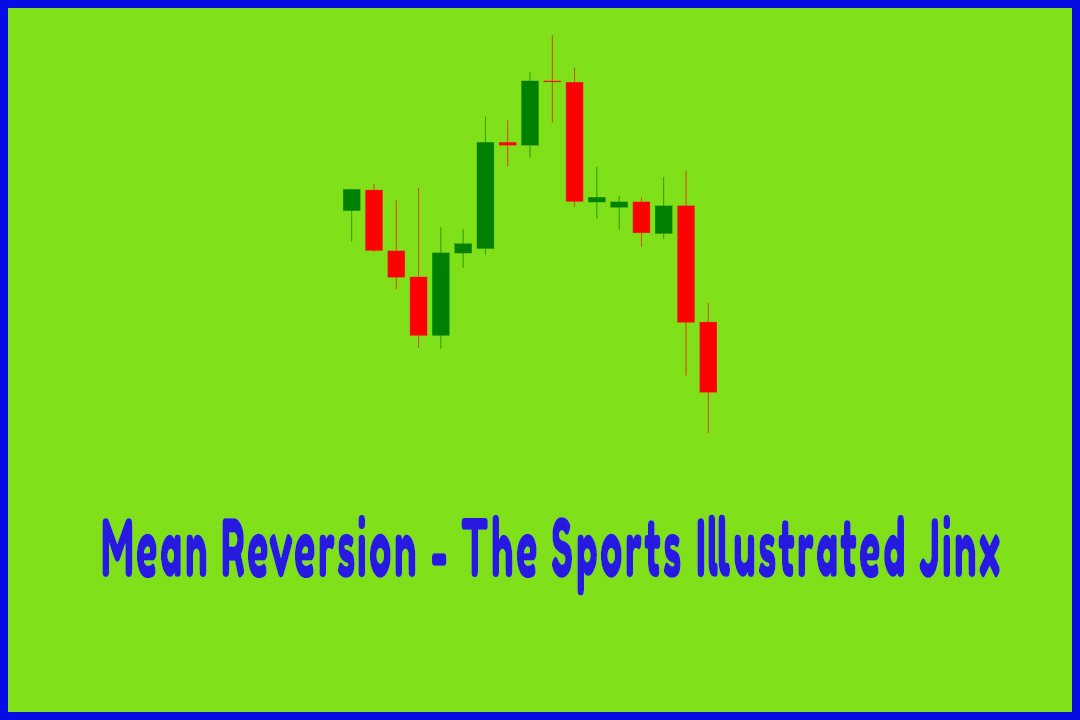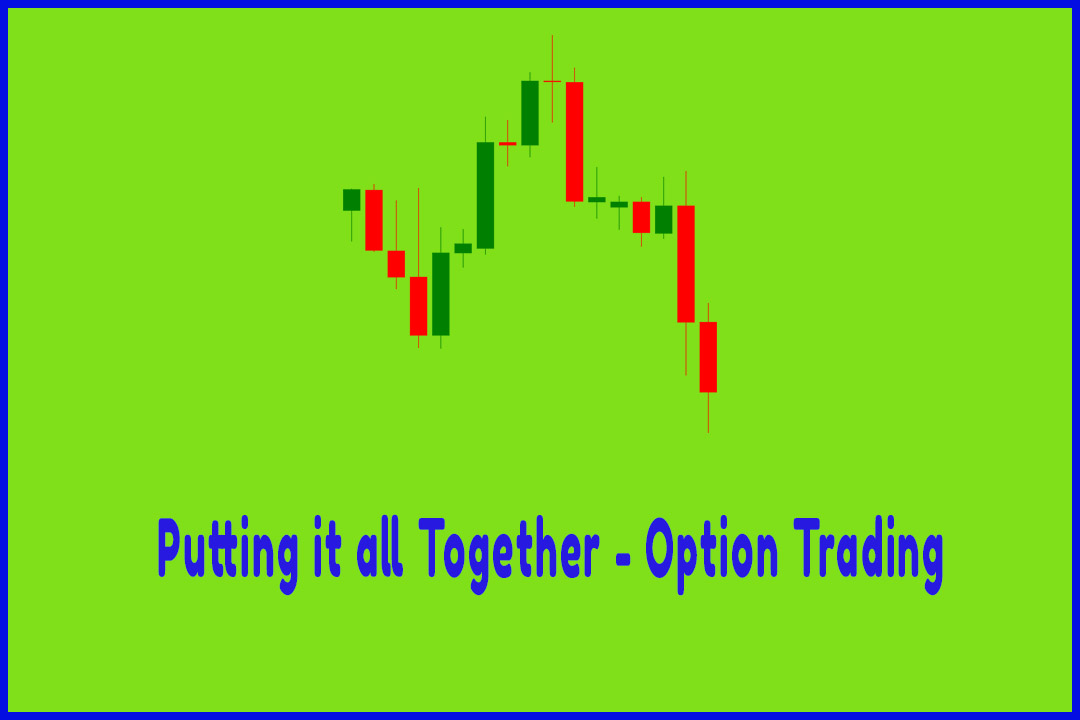Candlestick Charts - Option Trading
option trading guidelines, option trading requirements, option trading good for beginners, best option stocks for beginners, Best Candlestick Charts
Course: [ How To make High Profit In Candlestick Patterns : Chapter 6. Option Trading with Candlestick Signals ]
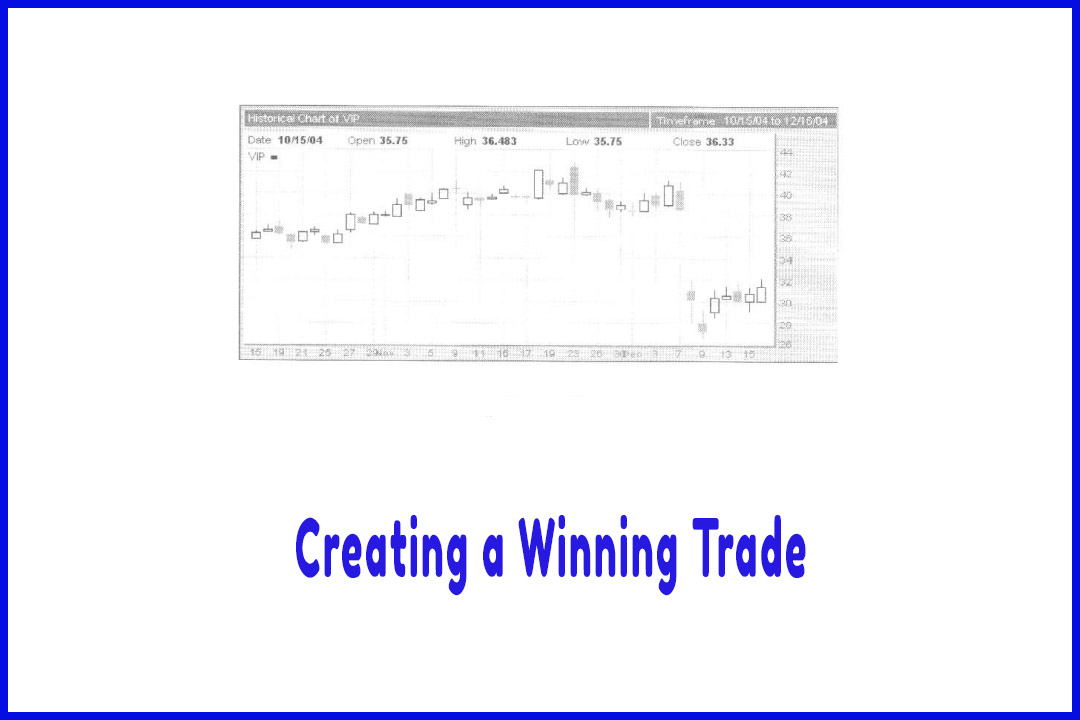
At the beginning of this chapter, we said that Honma discovered that emotions play a significant part in the supply and demand for stock and therefore were important in determining price.
At the
beginning of this chapter, we said that Honma discovered that emotions play a
significant part in the supply and demand for stock and therefore were important
in determining price. In this example, all we know right now is that the market
is bidding volatility to very high levels but that just means the market
expects large price moves in the near future. We need to know if these large
moves are due, for example, to an impending takeover (bullish) or corporate
scandal (bearish) that is about to hit the news. Let’s take a look at a candlestick
chart on VIP and see if we can get a sense of how the supply and demand is
stacking up. Figure 16 shows a two-month candlestick chart right up to the
December 16lh date of our decision:
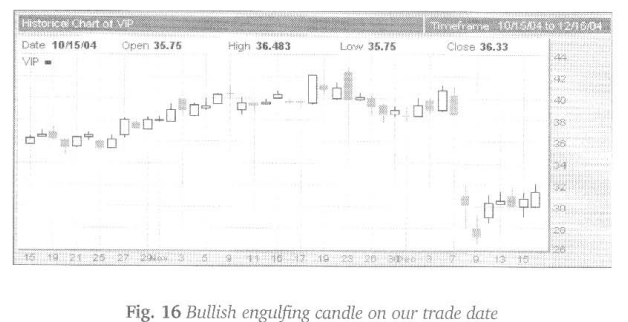
At the
right side of the chart, you’ll see the last two candles forming a classic “Bullish
Engulfing” pattern. In fact, the second “engulfing” candle never
traded below the opening price, as there is no lower shadow. This shows us that
the traders are stacking up as net buyers and we should expect the stock to continue
higher. There is no way to get the information that quickly from a western style
“open-high-low-close” chart. With one simple glance at a candlestick
chart, we now know the two important pieces of information that are needed to
trade options profitable - direction and speed. We know the market demand is
stacking up to the bullish side and that volatility appeal's to be too high. So,
what type of strategy should we use? Because the market is bullish, we do not
want to be caught holding short calls since that is a bearish bet. If the
market is correct, we could end up with huge losses even though we were correct
in selling theoretically high volatility. In order to create a winning trade,
we need to take into account that we are bullish along with our belief that
volatility is high. Because we’re bullish, we obviously want a bullish bet. But
because volatility is high, we do not want to buy a bullish bet. Instead, we
need to sell the bullish bet. And that means we need to sell puts.
Figure 17
is a reprint of Figure 1 and Figure 2. You can see that selling the $33,375 put
for $3.40 would yield a nice profit after buying it back thirteen days later
for only $1.65.
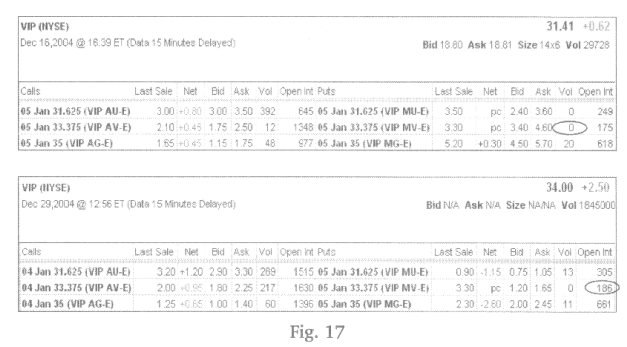
How would
the other puts have performed? The $31,625 puts could have been sold for $2.40
and repurchased for $1.05 and the $35 puts could have been sold for $4.50 and
repurchased for $2.45. The sale of any put resulted in a significant gain for
the simple fact that this simple strategy properly aligned both the directional
and volatility aspects of options.
As we
stated before, the purchase of any call resulted in a loss. And that’s because
the buyers were correct on direction (the stock did rise) but they were wrong
about volatility (they bought the high volatility). Many traders believe that
if calls are expensive to buy then they must be a great deal to sell. Let’s see
if that’s true. Notice that if you had sold the $33,375 calls, you would have
sold for $1.75 and repurchased for $2.25, which leaves you with a loss. By
selling these calls, you were correct in selling volatility (you sold
volatility when it was high) but you were wrong about the direction of the
stock. In fact, the sale of any of the calls resulted in a loss. It is only
the short put trader that made money since that strategy properly aligned
direction and volatility. Only when both components are properly aligned can
you expect to make money with options.
Once
again, notice that the one-dimensional stock trader would have made money by
purchasing at $31.41 and selling for $34. But in order to make money with
options, you must be correct on direction and speed. And that means you must
take volatility into account.
Your best
source for understanding volatility comes from using the BlackScholes Model and
the best directional indicators come from candlestick charts. It is the trader
who uses both tools that will be able to separate price and value of options.
How To make High Profit In Candlestick Patterns : Chapter 6. Option Trading with Candlestick Signals : Tag: Candlestick Pattern Trading, Option Trading : option trading guidelines, option trading requirements, option trading good for beginners, best option stocks for beginners, Best Candlestick Charts - Candlestick Charts - Option Trading
